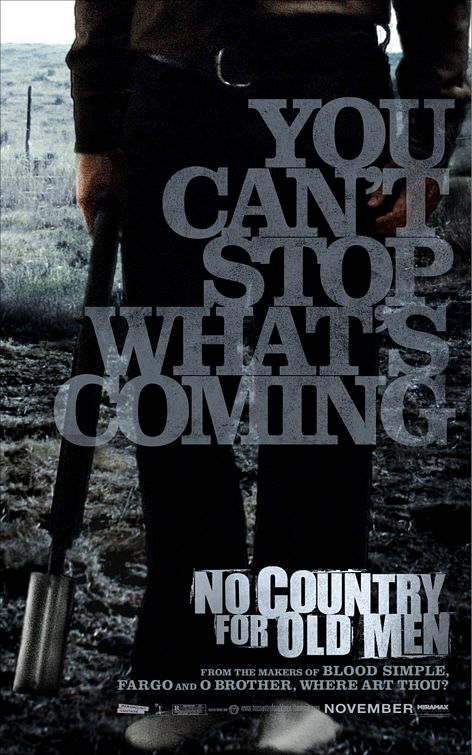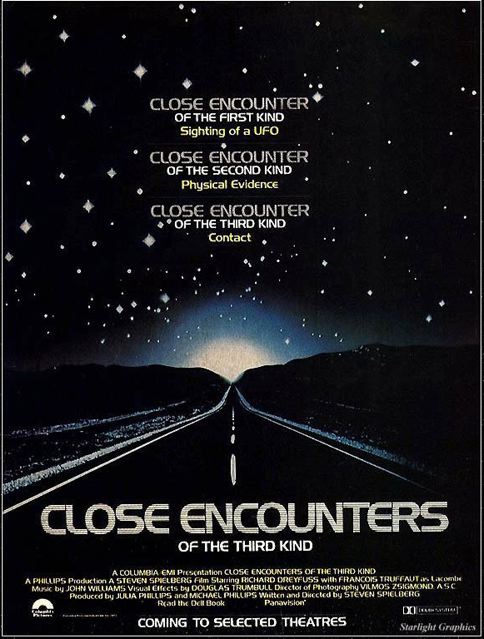A special one-hour program on the South Central Farm in Los Angeles – lessons in human rights, immigrant rights, ecological sustainability, and activism. We’ll hear from farmers, organizers, local reporters, and more.
Uprising Radio

GUESTS: Fernando Flores, Rosa Romero, Alberto Taltoa, members of the South Central Farmers Support Committee, Aura Bogado, Anchor of Free Speech Radio News, Daniel Hernandez, LA Weekly Reporters, Peter Camejo, Green Party Candidate for Vice President (2004).
After weeks of nightly vigils and high tension, the South Central Farmers in Los Angeles were forcibly from the largest urban community garden in the United States.
For fourteen years poor, immigrant farmers from Los Angeles have been cultivating 14 acres of uninhabited land in the middle of an industrial region in South Central. They have grown rare, heirloom plants from Latin America, naturally and organically, feeding 350 families. The land was originally cultivated after the Rodney King uprising in 1992, when it was given to the neighborhood. The city of Los Angeles instead turned around and sold the land to a developer named Ralph Horowitz in a “backroom deal” for about $5 million.
Since [2005] the farmers have been struggling to save their garden from Horowitz who was ready to develop the land. They got organized and elected representatives who functioned as full time organizers and campaigned to save the farm. They campaigned for LA Mayor Antonio Villaraigosa, the city’s first Mexican American mayor, to save the farm.
The link between immigrant rights and environmental activism has attracted widespread support for the South Central farm. Horowitz initially agreed to sell the farm for $16.5 million and gave the farmers a March deadline to raise the cash. The deadline came and went, at which point LA Sheriffs were called upon to evict the farmers. Finally, in early June the Annenberg Foundation, teaming with the Trust for Public Land managed to pledge the amount that Horowitz was asking for. But Horowitz turned down the offer and on Tuesday June 13th, police forcibly evicted the farmers and the dozens of activists that had been camping on the farm.
The story initially got little national attention. But when Actress Daryl Hannah sat in a tree to protest the eviction, national media rushed to cover it. On Uprising, we’ve been covering the story of the South Central Farm for many months in our local programming. It is a profound story with many lessons for linking issues, sustainability, human rights, and activism. Today we present a special program on the South Central farm, with interviews from as early as this March to just a few days ago.
We begin with in interview with Fernando Flores, a member of the South Central Farm Support Coalition. Green Party Vice Presidential candidate Peter Camejo visited the farm and explained its the significance in our organizing.
We turn next to Rosa Romero and Alberto Taltoa who spoke with us on May 17th about the struggle to raise enough money to buy the farm from the developer, Ralph Horowitz.
Aura Bogado, the anchor for Free Speech Radio News, had been reporting from the farm. As the eviction became more imminent, activists began camping out at the farm. Bogado spent the night on May 25th and reported to us about what was taking place.
In the middle of the impending eviction, LA Weekly reporter Daniel Hernandez wrote a controversial article about some of the internal problems at the farm. Some farmers who had left the farm claimed that they were kicked out by the farm leadership. He joined us on Uprising on June 12th to explain the situation, as well as help see the South Central Farm in a broader context.
I asked Rosa Romero to respond to the allegations that Daniel Hernandez had made about internal problems among the farmers.
Finally, on the morning of June 13th, the sheriffs arrived and began evicting the farmers. After months of organizing, and finally raising the money needed, the developer Ralph Horowitz, decided not to sell the farm to the farmers. Again, FSRN’s Aura Bogado reported from the farm on the day of the eviction.
More than 40 arrests were made. Horowitz told the Los Angeles Times, “If the farmers got a donation and said, `We got $50 million, would you sell it to us?’ I would say no. Not a chance… It’s not about the money.” Mayor Antonio Villaraigosa released a statement calling the eviction “disheartening and unnecessary.” He went to on say that “I understand a businessman’s need to invest and make a profit… But I also believe that we are called upon by a sense of community and civic duty to do the just and right thing. I had hoped that the landowner would have heeded that call.”
Aura Bogado put together this montage of sounds and interviews from the day of the eviction.
The struggle to save the farm continues with regular vigils being held in front of the farm and the LA City Hall. For more information on
the South Central Farmers.
Sonali’s Subversive Thought for the Day:
We play an excerpt from a recent talk by Vandana Shiva on the “mono-culture of the mind.”
To Listen to the Episode


















